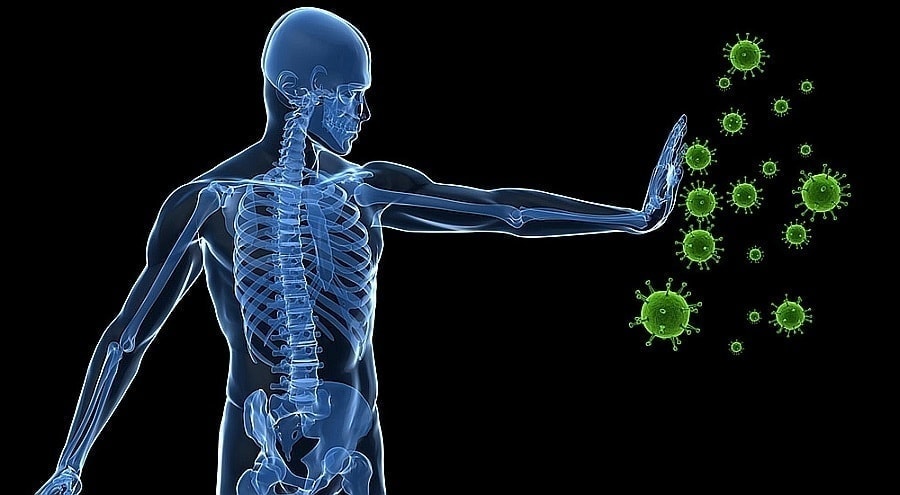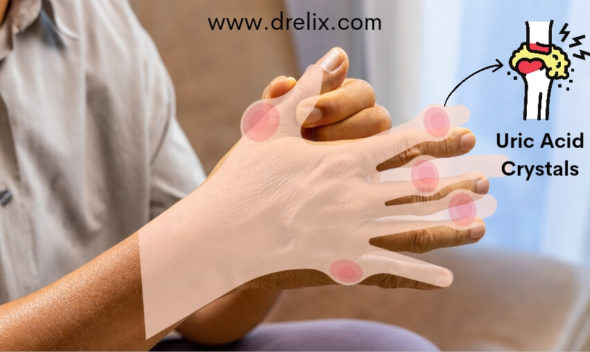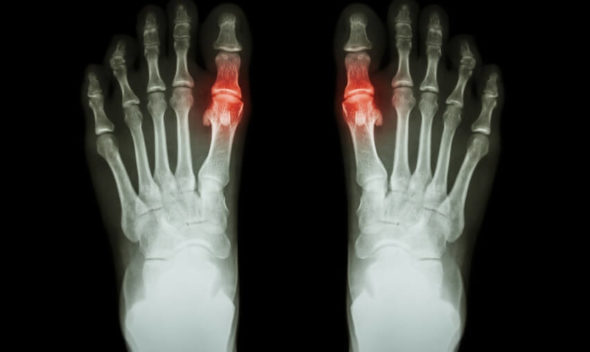Immune system Organs
Invisible to our eyes, yet it keeps watch, day and night. Be it for curing an ear infection or cancer, the immune system is essential.
The immune system is made up of a complex system of interactions involving many different organs, cells and substances. Most cells are not found in the blood, but instead in a set of organs called the lymph organs.
The bone marrow and the thymus. These organs produce immune cells (lymphocytes).
The spleen, lymph nodes, tonsils and lymphoid cell clusters located on the mucous membranes of the digestive, respiratory, genital and urinary tracts. It is usually in these peripheral organs that the cells are called upon to react.
The speed of action of the immune system is extremely important. This is based, among other things, on the effectiveness of communication between the various actors involved. The cardiovascular system is the only pathway that connects the lymphoid organs.
Although it is not yet possible to explain all the mechanisms, it is now known that there are important interactions between the immune system, the nervous system and the endocrine system. Some secretions from immune cells are comparable to hormones secreted by endocrine glands, and lymphoid organs have receptors for nerve and hormonal messages.
Immune Response Stages
The stages of the immune response can be divided into two:
the non-specific response, which is called “innate immunity” (so named because it is present from birth), acts without taking into account the nature of the microorganism it is fighting;
the specific response, which confers “acquired immunity”, involves recognizing the agent to be attacked and remembering that event.
The Non-specific Immune Response
Physical Barriers
The skin and mucous membranes are the first natural barriers that attackers come up against. The skin is the largest organ of the body and offers incredible protection against infection. In addition to being a physical interface between the environment and our vital systems, it provides a hostile environment for microbes: its surface is slightly acidic and rather dry, and it is covered with “good” bacteria. This explains why excessive hygiene is not necessarily good for your health.
However, the mouth, eyes, ears, nose, urinary and genital tracts do provide pathways for microbes to pass through. These pathways also have their own protection system. For example, cough and sneeze reflexes expel microorganisms from the respiratory tract.
Inflammation
Inflammation is the first barrier encountered by pathogenic micro-organisms that cross our body envelope. Like skin and mucous membranes, this type of immune response acts without knowing the nature of the agent it is fighting. The purpose of inflammation is to inactivate the aggressors and to initiate tissue repair (in case of injury). The major stages of inflammation are as follows.
Vasodilatation and greater permeability of the capillaries in the affected area increase the blood flow (responsible for the redness) and allow the actors of the inflammation to arrive.
The destruction of pathogens by phagocytes: a type of white blood cell that is capable of encompassing pathogenic microorganisms or other diseased cells and destroying them. There are several types: monocytes, neutrophils, macrophages and natural killer cells (NK cells).
The complement system, which consists of about 20 proteins that act in a cascade and directly destroy microbes. The complement system can be activated by the microbes themselves or by the specific immune response (see below).
Interferons
In viral infections, interferons are glycoproteins that inhibit the multiplication of viruses within cells. Once secreted, they diffuse into tissues and stimulate neighboring immune cells. Interferons can also be triggered by the presence of microbial toxins.
Fever is another defense mechanism sometimes present in the early stages of an infection. Its role is to accelerate immune responses. At a slightly higher than normal temperature, cells act more quickly. In addition, germs reproduce less quickly.
The Specific Immune Response
This is where lymphocytes, a type of white blood cell, come into play. There are two classes of white blood cells: B cells and T cells.
B lymphocytes account for about 10% of the lymphocytes circulating in the blood. When the immune system encounters a foreign agent, the B cells are stimulated, multiply, and begin to produce antibodies. Antibodies are proteins that bind to the foreign protein and are the starting point for destroying the pathogen.
T-lymphocytes make up more than 80% of circulating lymphocytes. There are two types of T cells: cytotoxic T cells, which, when activated, directly destroy virus-infected cells and tumor cells, and facilitator T cells, which control other aspects of the immune response.
The specific immune response creates acquired immunity, which develops over time as a result of our body’s encounters with specific foreign molecules. In this way, our immune system remembers the specific bacteria and viruses it has already encountered, making the second encounter much more efficient and rapid. It is estimated that an adult has 109 to 1011 different foreign proteins in memory. This explains why we don’t get chickenpox and mononucleosis twice, for example. It is interesting to note that the effect of vaccination is to provoke this memory of the first encounter with a pathogen.
Good to read:
How to Boost your Immune system Against Coronavirus?
About viruses: What you need to know!
Stay Safe
Dr. Elix – Best Natural Remedies














Leave a comment